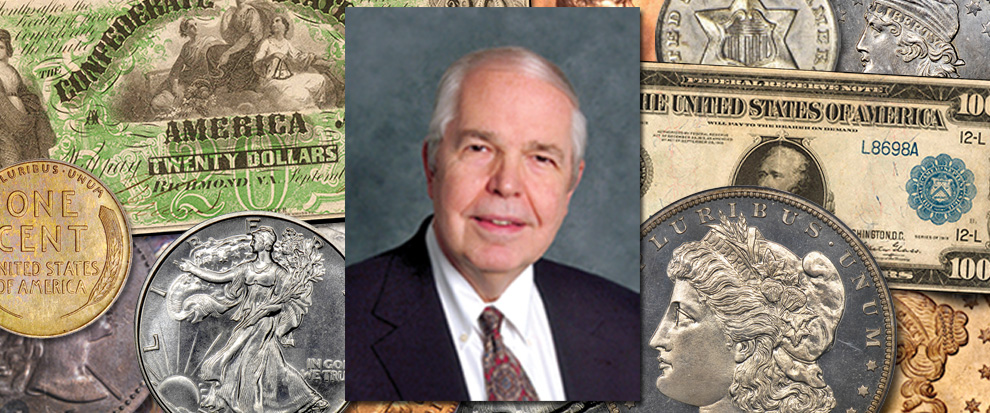
What Is My Coin Worth?
My comments this week are oriented
towards newcomer, not to established numismatists. It is my goal to tell what I
would do if I had a coin but knew nothing about it.
How do I know what my coin is worth?
This is, of course, THE basic question for many people, especially members of
the general public who have found a potentially valuable coin in a drawer, safe
deposit box, or elsewhere.
I discuss the United States and related
items, the focus of most interest. For other areas of numismatics such as
tokens, medals, and paper money my answers would be different and also more
complex. In contrast to those fields, early American and federal coins are
relatively easy to understand.
For your coin, the first step is to buy
or borrow a copy of A Guide
Book of United States Coins. Published
annually since 1946, copies are for sale in nearly all book stores and hobby
shops, or you can order one from the Whitman Publishing website. The latest or
at least a relatively new edition is best. The book gives general information
on values in different grades, history, mintage quantities, and the like. If
you read the front part before the coin listings you will gain a nice overview.
With your coin in hand, look up the
value. Although values can and do vary in the marketplace, the Guide Book will give you a general idea. If
your coin is worth below $10, $20, or some other level you set, consider giving
it as a gift. Or, the next time you are near a coin shop, take it in. There is
no need to spend much time.
If it has the potential to be valuable,
your next step is to determine the grade. This can be approximated by using
information in the front part of the Guide
Book. If it appears to be
valuable—say over $100—then on the Internet contact the Professional Coin
Grading Service (PCGS) or the Numismatic Guaranty Corporation (NGC) and send it
in for certification. Either one will also verify if it is genuine.
In the meantime, if you have a trusted friend who is a collector or
dealer, show the coin to him or her to gain other information.
If your coin proves to be genuine and
in a high grade, look on the PCGS or NGC website for their idea of value. If,
say, your coin is listed for $1,000, this means that it can probably be sold in
the marketplace for $700 or even higher, such as in the instance of certain
gold coins. Dealers at conventions are always buying, but at wholesale prices.
It costs money to operate a coin business, so a discount from retail is normal.
If your coin is very valuable you might consider contacting one of the
numismatic auction houses and see what arrangements can be made. In that way
your coin will be offered to many buyers worldwide, in person and over the
Internet.
Before trying to sell it, poke around
on the Internet to see what comparable coins have sold for.
On the other hand, if you are new to
numismatics, you might want to keep your coin and use it as the nucleus of a
collection. The art, science, and romance of the field combine to make coin
collecting an exciting hobby. In that instance, go to a book seller and buy a
few more interesting titles! And, from time to time in the future, check the
Stack’s Bowers Galleries website to see what is new!














